At the recent ETHTaipei 2024 event, Ethereum founder Vitalik Buterin unveiled a novel concept called “rainbow staking.” This framework aims to address centralization concerns and empower a wider range of participants within the Ethereum ecosystem.
Combating Centralization and Boosting Participation
According to reports from Colin Wu’s Wu Blockchain page, Buterin highlighted the risks of centralization within the network. Rainbow staking emerges as a solution, offering a “conceptual framework allowing protocol service providers” to engage in a diverse range of services. This “differentiated menu” empowers both individual and professional stakers, fostering a more decentralized network.
An Ethereum blog post delves deeper into the project’s core objectives. Rainbow staking is envisioned to seamlessly integrate “protocol services in a plug-and-play manner,” promoting a more modular and adaptable network. Additionally, it aims to prevent the emergence of a single dominant service provider, ensuring a healthy balance within the ecosystem.
The blog post emphasizes how rainbow staking strengthens the economic position of individual stakers. By enabling participation in various service categories, solo stakers gain greater agency and value within the network. Furthermore, Ethereum suggests that rainbow staking could play a crucial role in achieving “single-slot finality (SSF)” – a concept that aims to significantly reduce transaction confirmation times.
Also Read: Ethereum’s L2 Dream: Are We Risking Permanent Fund Losses? Vitalik Buterin Sounds the Alarm
Rainbow Staking Caters to Diverse Service Needs
The proposed framework reportedly accommodates a variety of service types, encompassing both “heavy” and “light” categories. This differentiation ensures that “different classes of service providers” can contribute most effectively to their specific service area.
In recent past, Buterin also proposed a “recovery hard fork” to safeguard against potential threats posed by quantum computers. These powerful machines could theoretically enable unauthorized access to user funds. However, Buterin assures that Ethereum’s preparedness for this hard fork ensures the network’s resilience against such attacks.
The Future of Ethereum: Decentralized, Scalable, and Secure
With the introduction of rainbow staking and proactive measures against quantum computing threats, Ethereum appears to be charting a course towards a more decentralized, scalable, and secure future. The success of these initiatives will be closely watched by the cryptocurrency community, as they have the potential to significantly impact the network’s growth and development.



